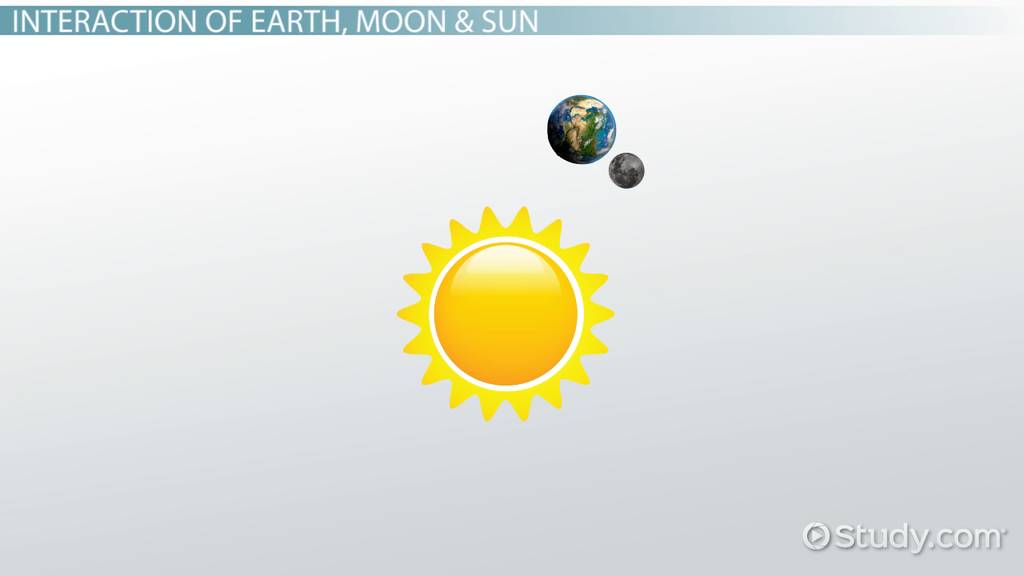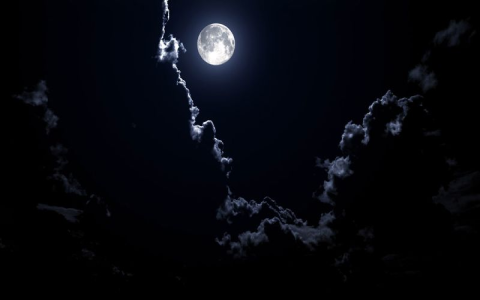Yesterday, I did a little digging into the meanings of the sun and the moon, and boy, was it a trip! First off, I started with a simple search online. I typed in “meaning of the sun and the moon” and got a bunch of articles. I started clicking through them and reading up. It’s actually pretty wild how many different meanings these two have across different cultures.

So, I grabbed my notebook and started jotting things down. The sun, right? Everyone sees it as this big ball of energy and light. It makes sense, too, because, without it, we’d all be toast—literally. In a lot of places, people see the sun as a symbol of life, power, and vitality. I wrote down how in some cultures, it’s even worshipped as a god. I mean, they had a point—it does give us life.
Then I moved on to the moon. Now, this one’s a bit more mysterious. The moon is all about the night, shadows, and that sort of thing. It’s often linked to femininity, intuition, and emotions. I found out that in many traditions, the moon represents the hidden aspects of ourselves, the stuff we don’t always see on the surface. I made a note of how the moon’s phases are often tied to cycles of change and transformation. That got me thinking about how everything in life goes through phases, just like the moon.
Next, I decided to see if there was anything about how the sun and moon interact. Turns out, there’s a ton! I read about how, in some beliefs, they represent the balance of opposing forces—light and dark, day and night, that kind of thing. I scribbled down some examples of how this balance is seen as essential for harmony in the world. It’s like, you can’t have one without the other. They need each other to keep things in check.
Observations
- The Sun:
- Represents energy, life, and power.
- Often seen as a symbol of vitality and enlightenment.
- Worshipped as a god in some cultures.
- The Moon:
- Symbolizes femininity, intuition, and emotions.
- Linked to the hidden aspects of ourselves.
- Represents cycles of change and transformation.
I also wanted to get a bit more practical, so I looked into the science behind it all. I mean, the sun is this massive star that keeps our planet warm, and the moon is our little buddy that orbits around us. I learned that the moon’s gravity causes tides and all sorts of cool stuff. It’s not just symbolic; these things have real, physical effects on Earth. I marked down a few interesting facts about their orbits and how they affect each other.
I spent a good few hours on this, and by the end, my notebook was full of all sorts of random facts and thoughts. It was a bit all over the place, but that’s kind of how I like it. I felt like I had a better grasp of why the sun and moon are such big deals in so many different cultures. They’re not just these things in the sky; they mean something to people. They’re part of our stories, our myths, and how we understand the world around us.
So, yeah, that was my little adventure into the meanings of the sun and the moon. It was messy, a bit chaotic, but totally worth it. I got to learn a bunch of new stuff and think about things in a different way. Plus, it’s always fun to just dive into something new and see where it takes you. Who knew there was so much to these celestial bodies? I think I’ll keep this notebook handy—you never know when you’ll need to remember why the moon is way more than just a nightlight!






